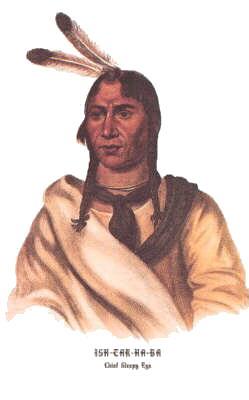Community Corral
-

-
Weeds by Randy Krzmarzick: We all can be targets in a mean world
Just in time for Christmas, I looked like a freak. How festive. I came home from town, and wife Pam…
Read More » -

-
Weeds by Randy Krzmarzick: Christmas shopping has changed since ‘A Charlie Brown Christmas’
In “A Charlie Brown Christmas,” the best TV show of all time, Charlie is frustrated in his effort to find…
Read More »


